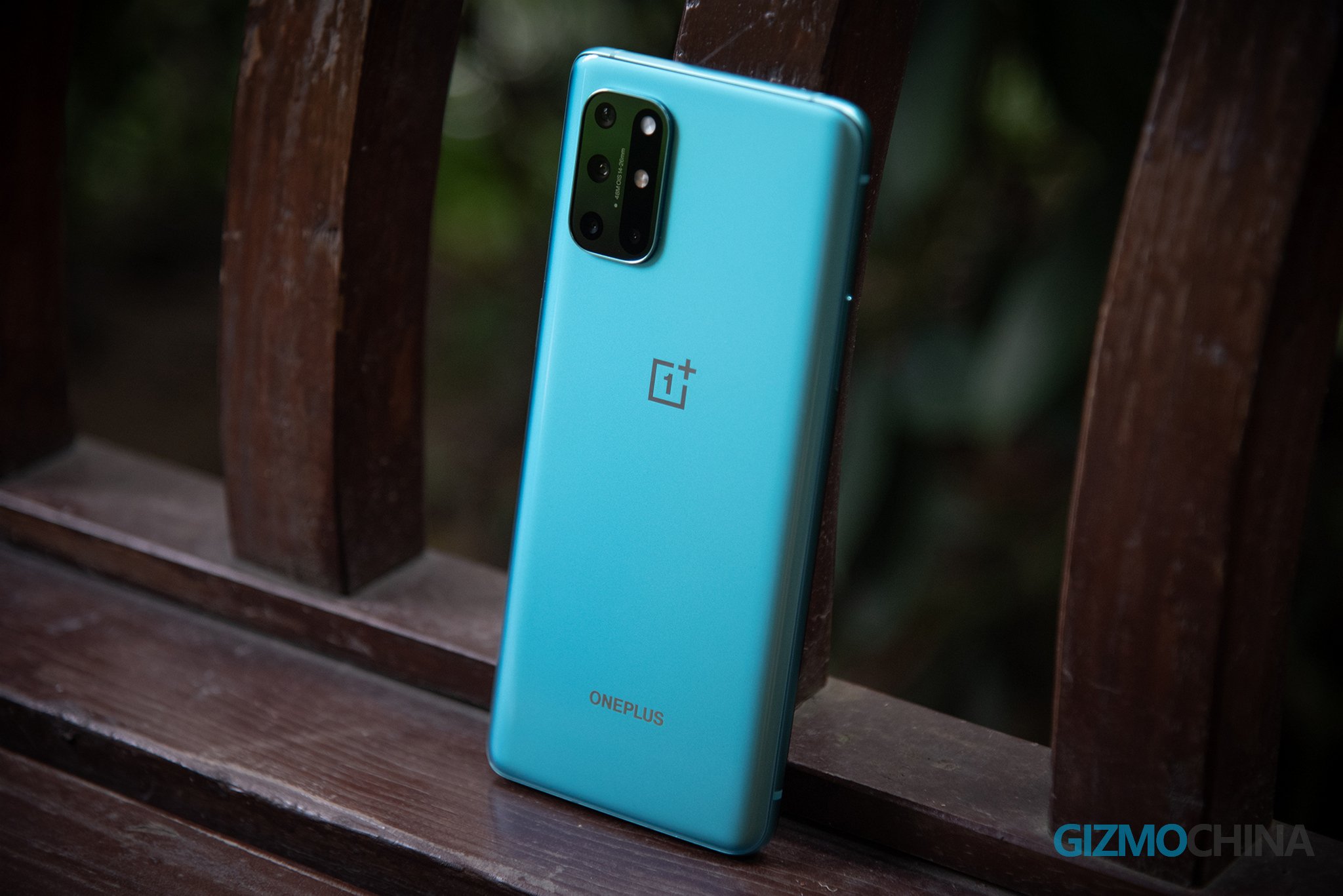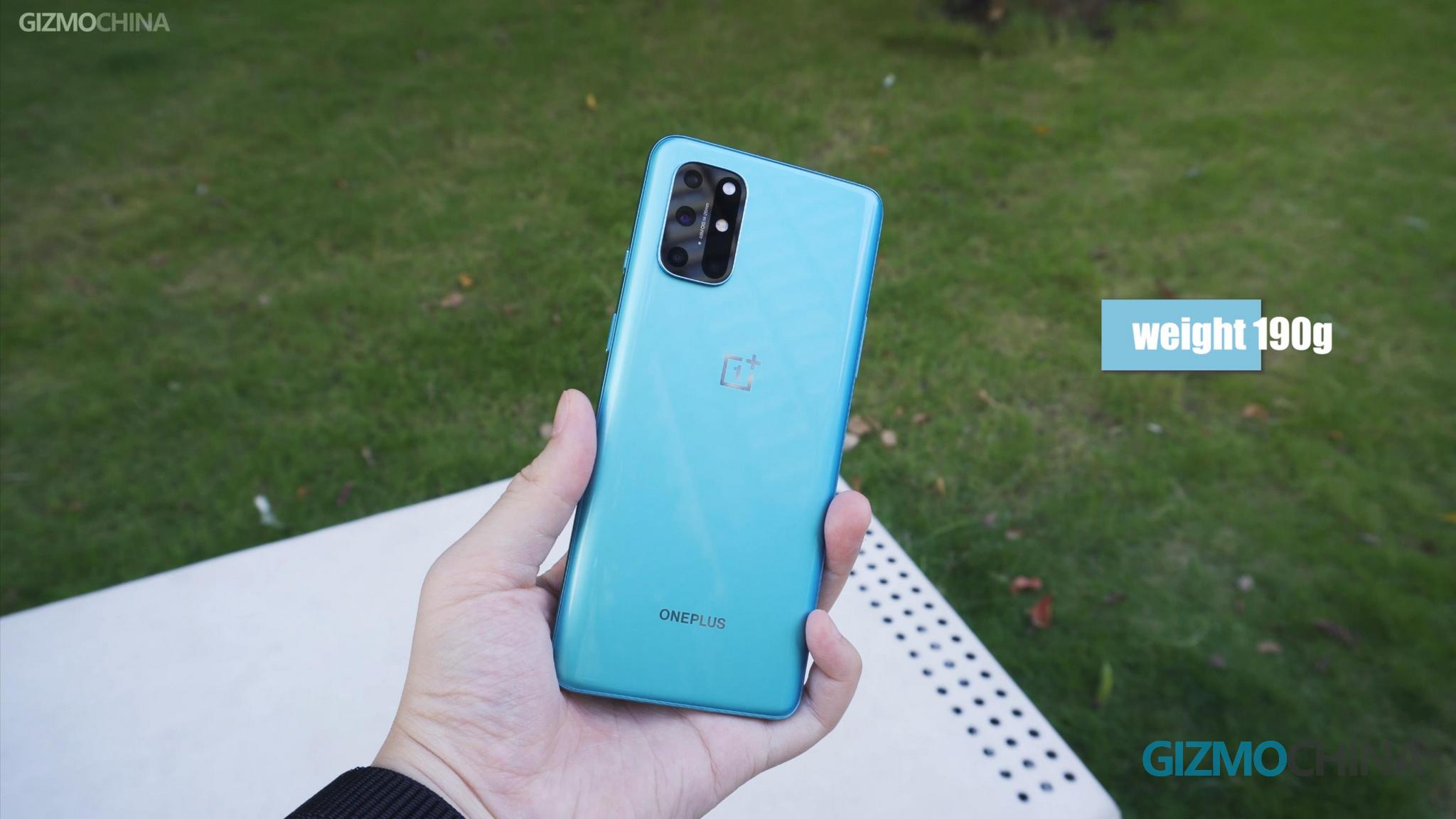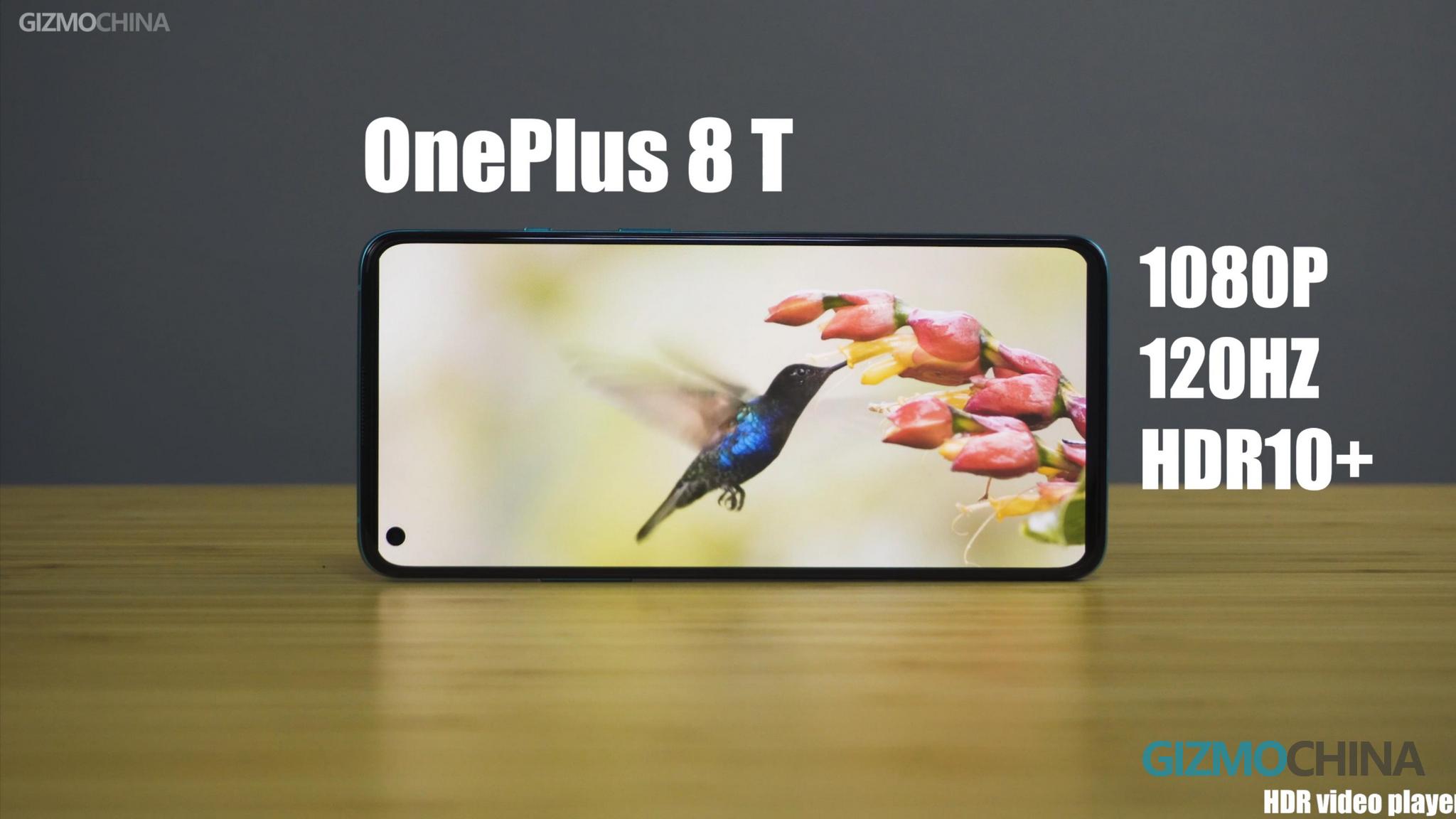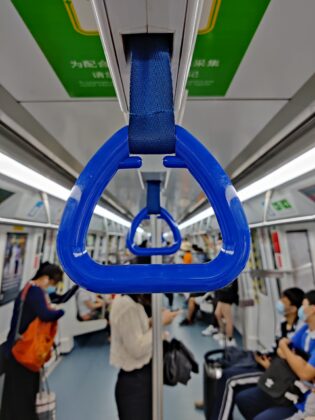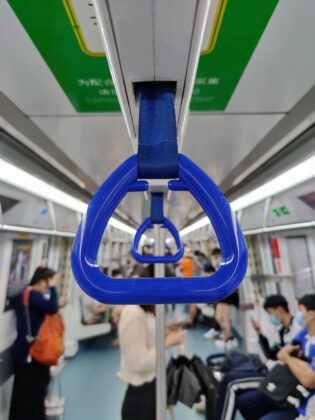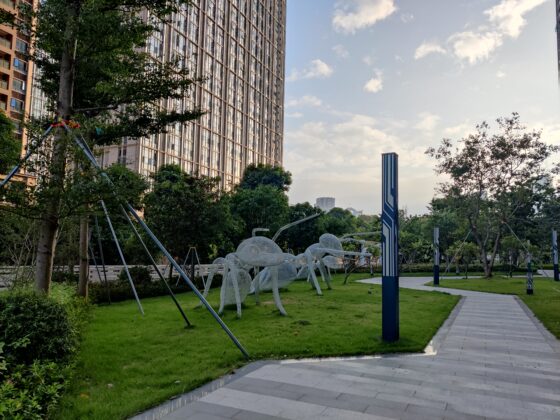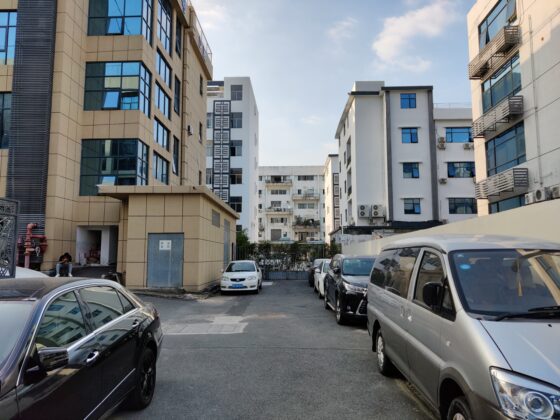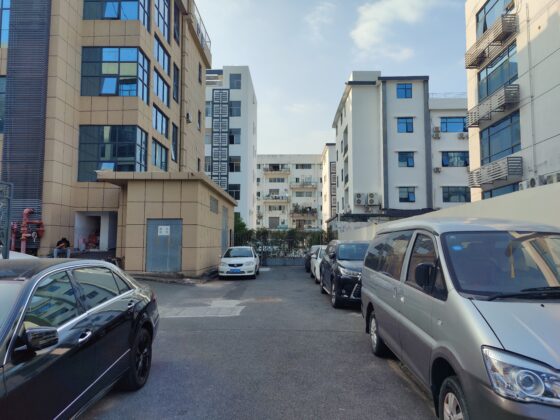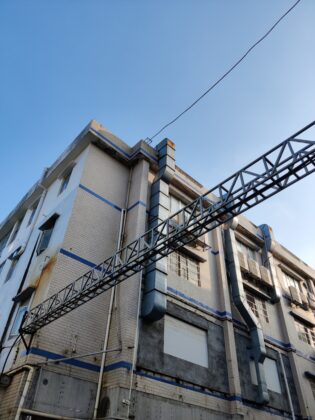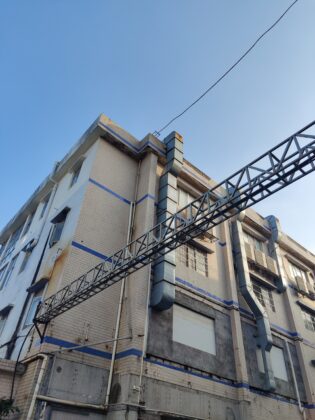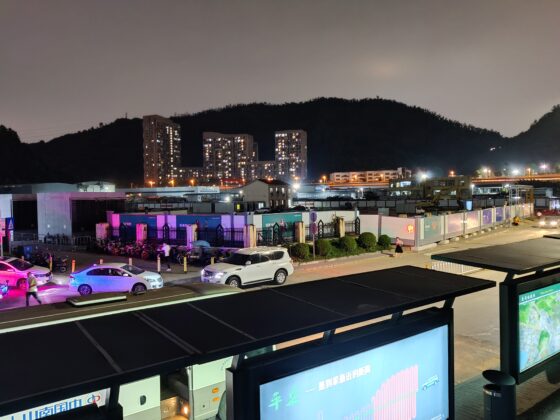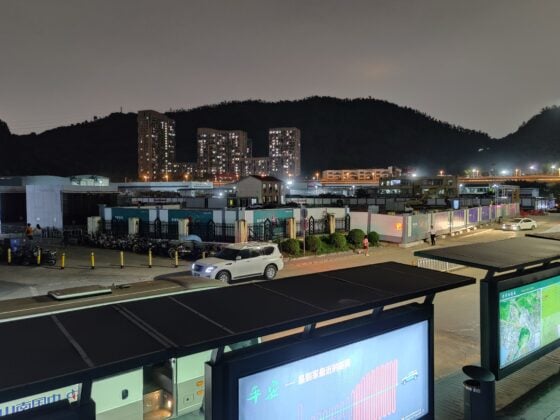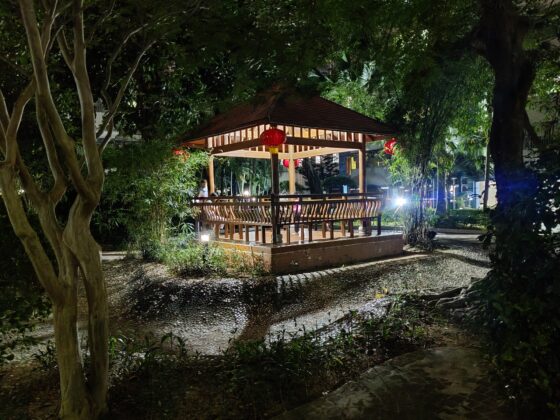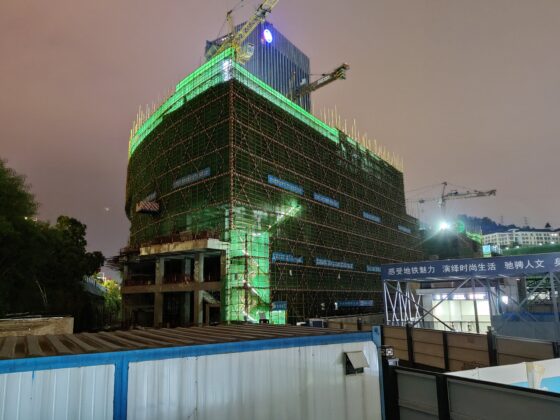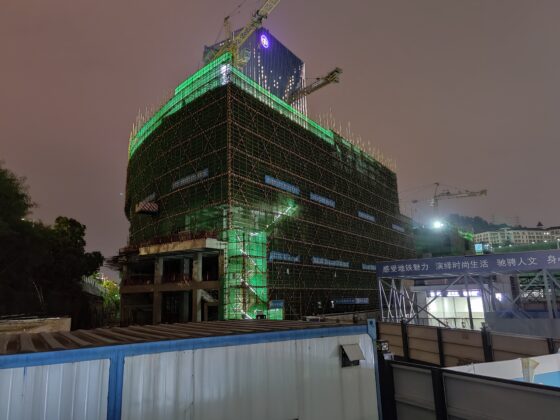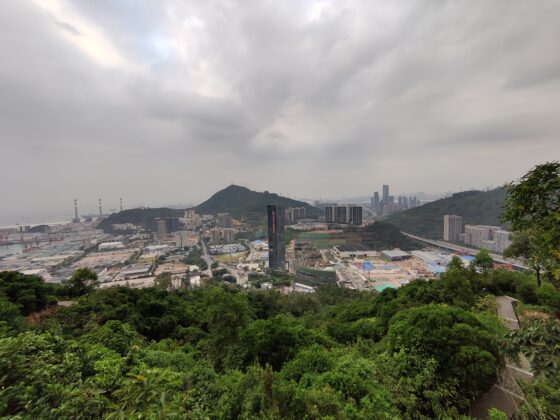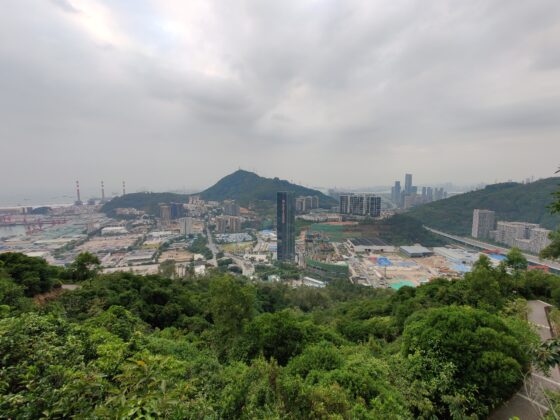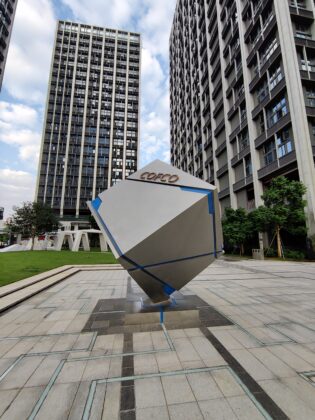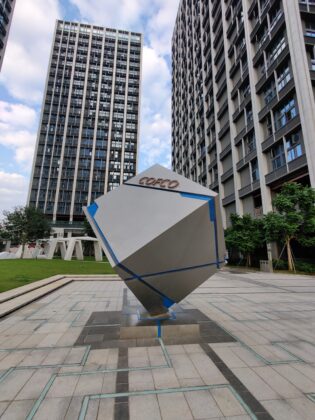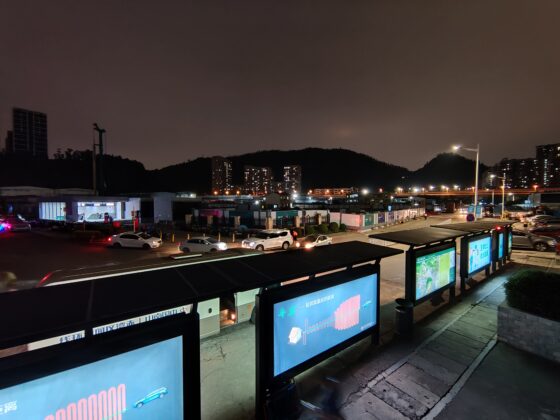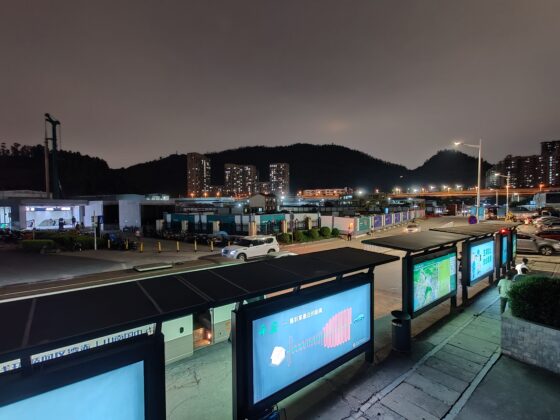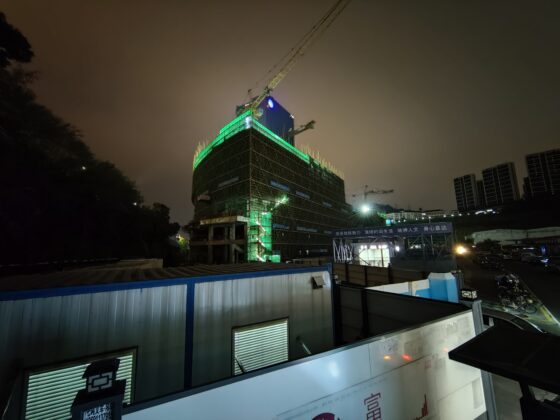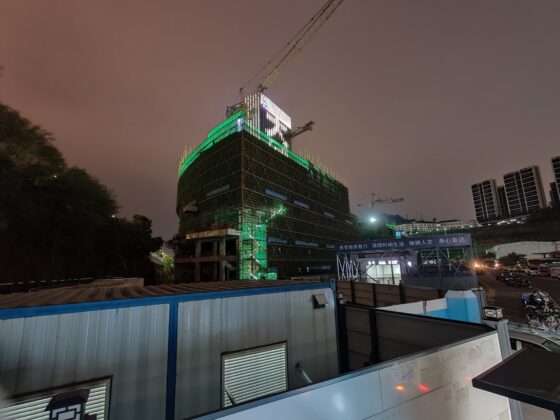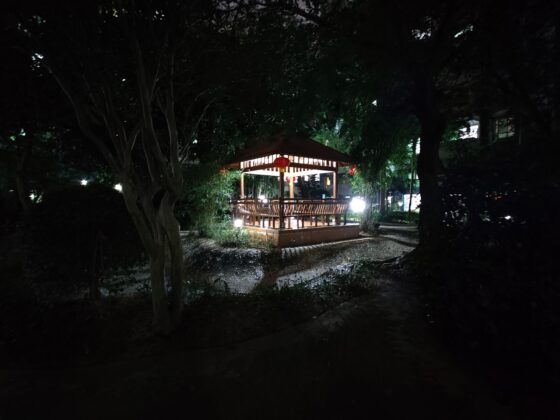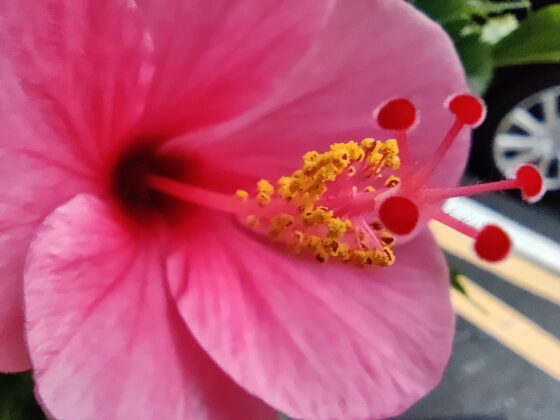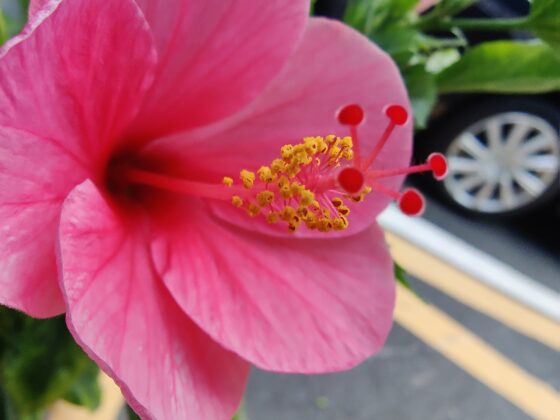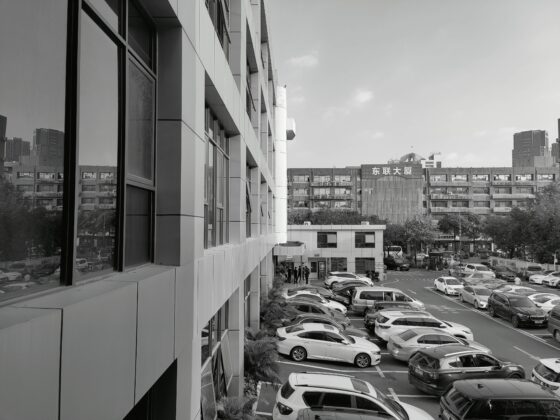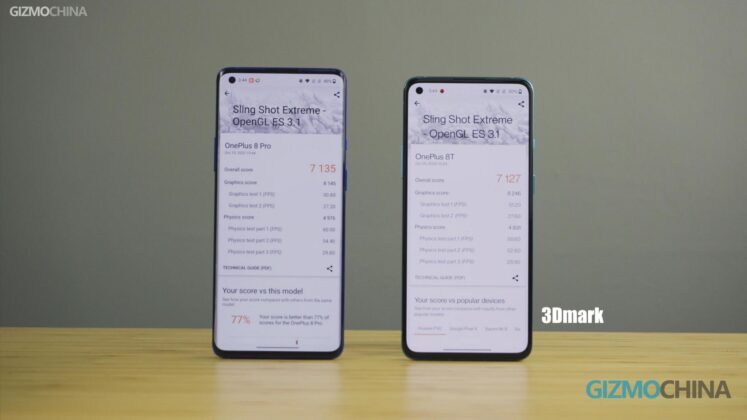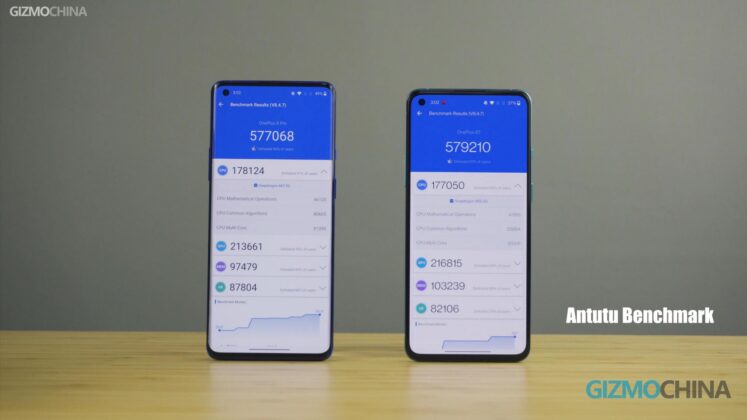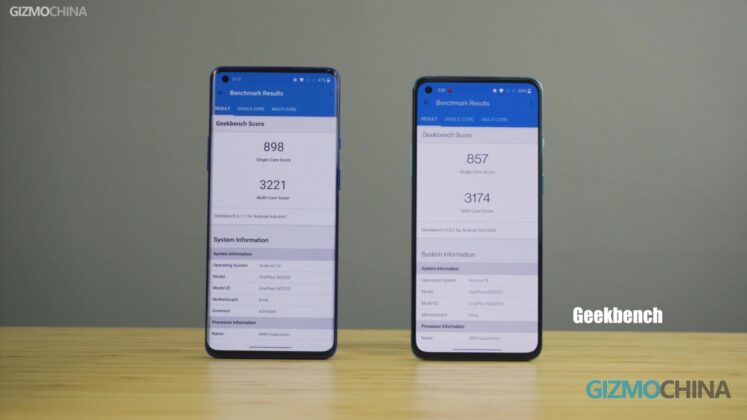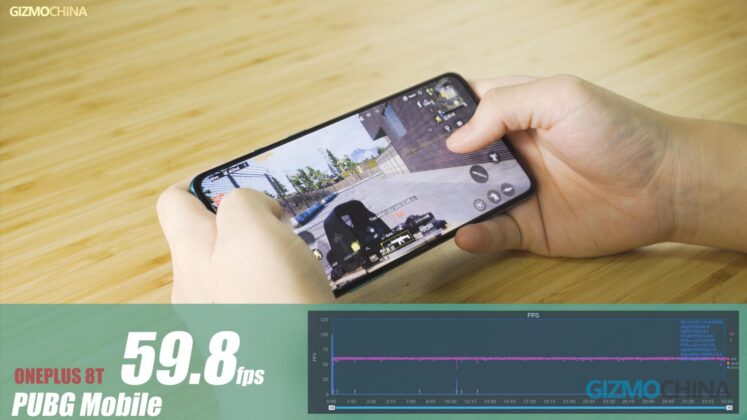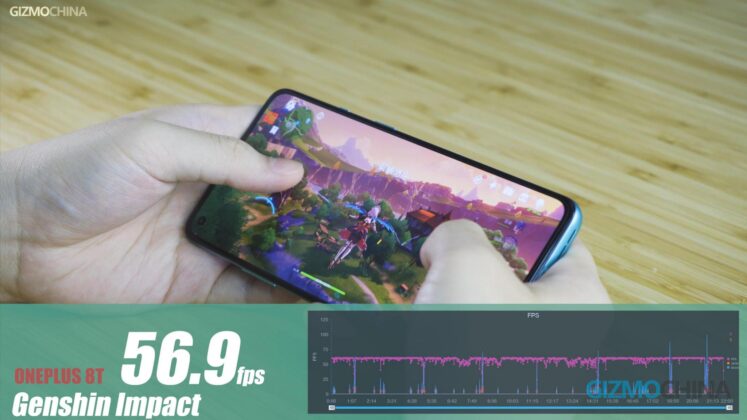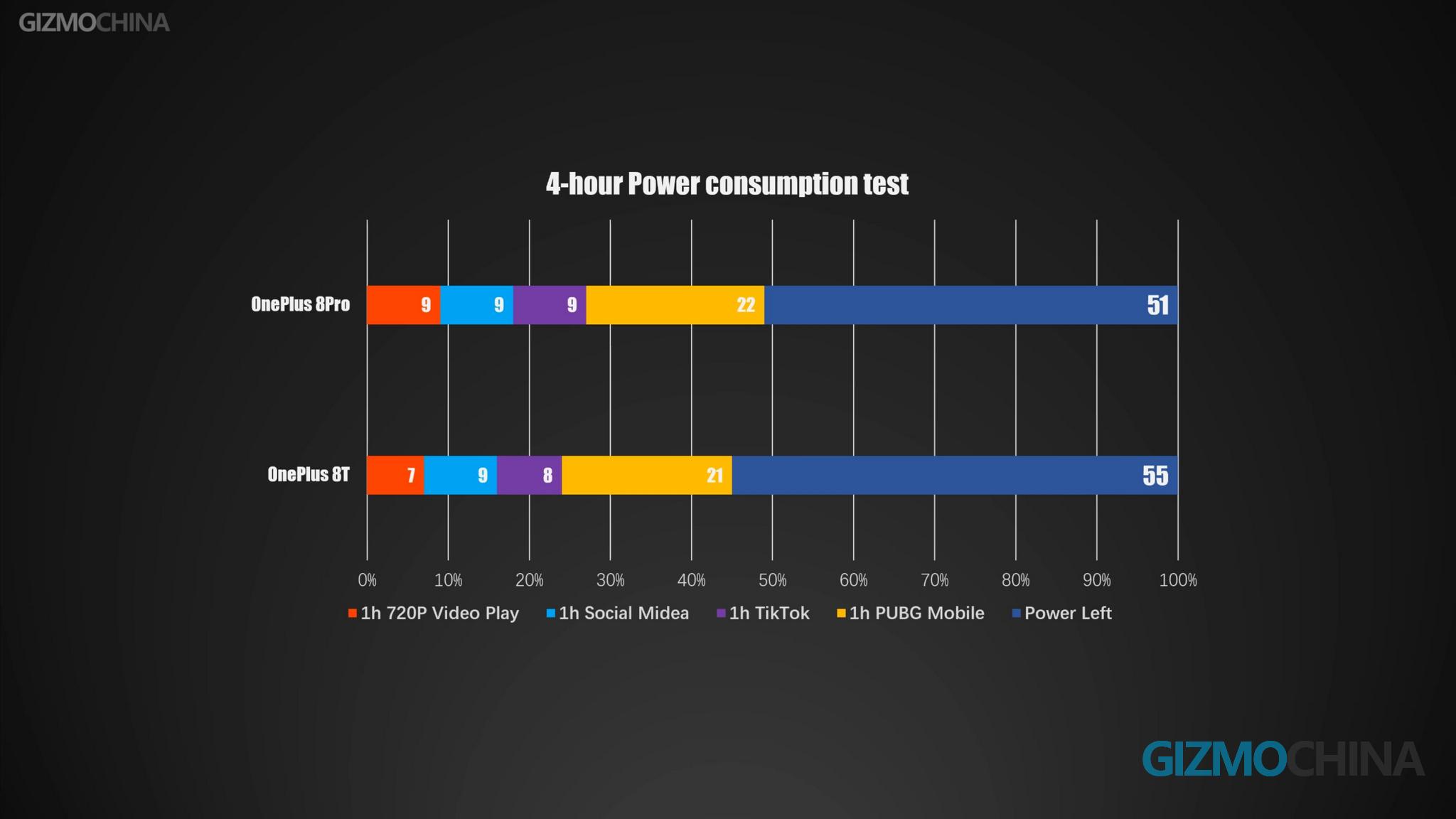If you’re familiar with OnePlus smartphones, you already know that the T series best fits the company’s early philosophy of giving you the best value for an affordable price tag. Compared to the Pro series, T models have cheaper prices but reserve the core experience and performance of a flagship. We are increasingly hearing complaints about the Pro’s expensive price tag, which no longer aligns with the philosophy of Flagship Killer once popularized by OnePlus. So now the Pro models are just flagships instead of flagship killers.
On the contrary, the more affordable T models can be called as flagship killers. But, how about the new OnePlus 8T? Let’s check out in this quick review of the OnePlus 8T.
Let’s look at its design first. The OnePlus 8T comes with a different design philosophy than the previous models. The camera setup no longer lies at the top center of the back. Instead, like what we’ve seen on most 2020 flagships, it has been moved to the upper left corner. But to be honest, the design of the camera combination looks a bit ordinary and boring. Nothing really catches my eyes here.
But OnePlus has still used a fantastic glass finish at the back, which does lead to both outstanding visual and holding experience, whether it’s the Aquamarine Green that we have in our hands or the Lunar Silver color. At first glance, what really impressed us is the lightweight and thin body. The weight of around 190g is really unusual for a 2020 flagship smartphone and feels refreshing.
OnePlus 8T Review Display
Over the past few years, OnePlus has invested heavily in its display, making it a huge selling point for its flagship models. And from what we can see on the OnePlus 8T, we can indeed experience the high-quality display. So clearly the company’s efforts have paid off and the screen deserves praise. Compared to the 2K display on the OnePlus 8 Pro, the 1080P display of the 8T can be considered as a downgrade. However, it’s still one of the best 1080P smartphone displays in the market. To us, the biggest surprise of the 6.55-inch 1080P Fluid display is neither the 120Hz refresh rate nor the certified HDR10+ support, but the smooth automatic brightness. With the maximum 1100nits and 8192-level adjustable brightness, viewing dynamic contents on this display turned out to be a great experience no matter in indoor low light conditions or bright outdoors.
In addition, unlike the 8 Pro’s curved display, the 8T uses a flat panel, which is definitely a good message for those who were worried about miss touches from curved displays on its predecessor. However, the flat display is not as immersive as the curved screens on the OnePlus 8 and 8 Pro models.
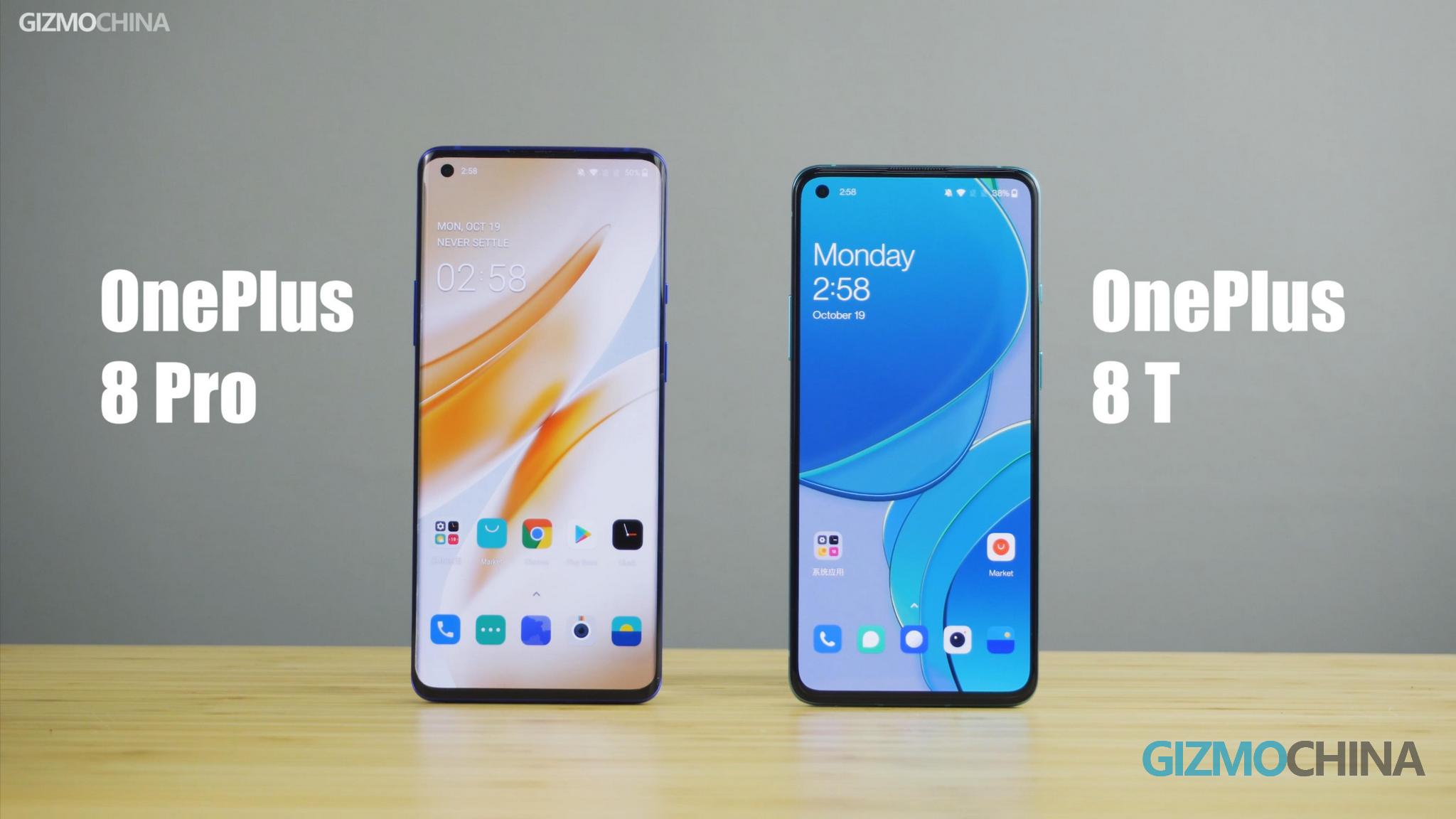
Editor’s Pick: ASUS ROG 3 vs Lenovo Legion Pro vs RedMagic 5S vs Black Shark 3S: The Best Gaming phones of 2020 Reviewed
OnePlus 8T Review: Cameras
As for the cameras, I think most of you won’t be so excited. From the hardware perspective, the 8T applies a 2019 flagship setup, a common quad-combination led by a Sony IMX586 main-camera sensor. Apart from this, the combination contains a 16MP wide-angle camera, a 5MP Macro camera, and another 2MP Monochrome camera. Unfortunately, there is no telephoto camera on the 8T. Anyway, let’s look at some samples shot from these cameras.
Well, we actually didn’t expect the Sony IMX586 to give us surprises as it has been in the market for almost 2 years. But when we compared the samples shot on the 8T and the 8 Pro, we found that the 8T is much more competitive than what we imagined.
It’s probably because when we compared it to newer flagship sensors, the IMX586 has got mature software optimization and now is able to maintain stable performance under most conditions. Under good lighting, the samples shot on the 8T have no big difference from what we shot on the 8 Pro. From the color contrast to color preference, they shared a close image style and both produced excellent resolution. And the 48MP original resolution of the IMX 586 also allows users to catch more detailed images with the 48MP high-resolution mode.
And the true difference appears in their night shooting. Under night scenes, the insufficient noise control of the IMX586 was showing on the 8T. Otherwise, the brightening strategy used by the 8T’s camera is not so smart. It’s more like a process to simply improve the overall image brightness without correcting its exposure.
Now let’s look at its wide-angle camera. As the 48MP IMX 586 sensor is used for the 8 Pro’s wide-angle camera, no doubt it took a huge lead in this round. The 8T’s 16MP wide-angle camera has good color reproduction and good contrast, and also has a slightly wider angle. Otherwise, it couldn’t surprise us over resolution and noise control. When you compare it with the samples shot by the IMX586 on the 8 Pro, which is using a 4-in-1 pixel technology, the samples from the 8T are much noisy.
When we moved to night scenes, the gap was much smaller. But the Pro still has an advantage in overall brightness and clarity. But the 8T is a bit better at extreme brightness control.
Let’s look at the macro samples now. Although the 8T has a dedicated macro lens, the 5MP resolution didn’t show much strength over the image details and pureness. And in low lighting, the noise turned out to be worse.
The monochrome camera is mainly used to help record information between black and white in the monochrome filter. We can see that the contrast and gray gradient are pretty good from the samples.
Finally, we shot a few video samples on the 8T, and also on the 8 Pro for reference. Well, it didn’t exceed our expectations. Check our OnePlus 8T review video added on top to see the video sample.
The 8T also equips a snapdragon 865 chipset, which should lead to a very close performance to the 8 Pro. From the results of the benchmarks, we found that there’s really nothing different about the CPU and GPU performance. All the results were so close to each other. But comparing it with all the smartphones running the snapdragon 865, their results were not so outstanding.
Then we moved on to actual gaming.
OnePlus 8T Review: Gaming
Unfortunately, we didn’t really have access to the best gaming performance of the 865-chipset on the 8T. It seems that for some reason, the software would have a 60-framerate limit in some games. So in PUBG Mobile, although we unlocked a 120Hz mode, the phone could only run it under 60fps without much fluctuation. The next game we played is Genshin Impact, which is a new game run on multiple platforms. For a fluent gaming experience, it extremely requires the high performance of CPU, and the game itself has a framerate lock of 60fps. Under the highest graphics, most of the time the 8T maintained a high-level framerate, but the visual experience got a bit more fluctuated than what we expected.
We then tried several other games and the 8T is still able to give us an excellent gaming experience. After all, the Snapdragon is still one of the best chipsets for Android phones. And surprisingly, it had an excellent cooling effect during our 30mins gaming test, which is quite impressive for such a lightweight phone.
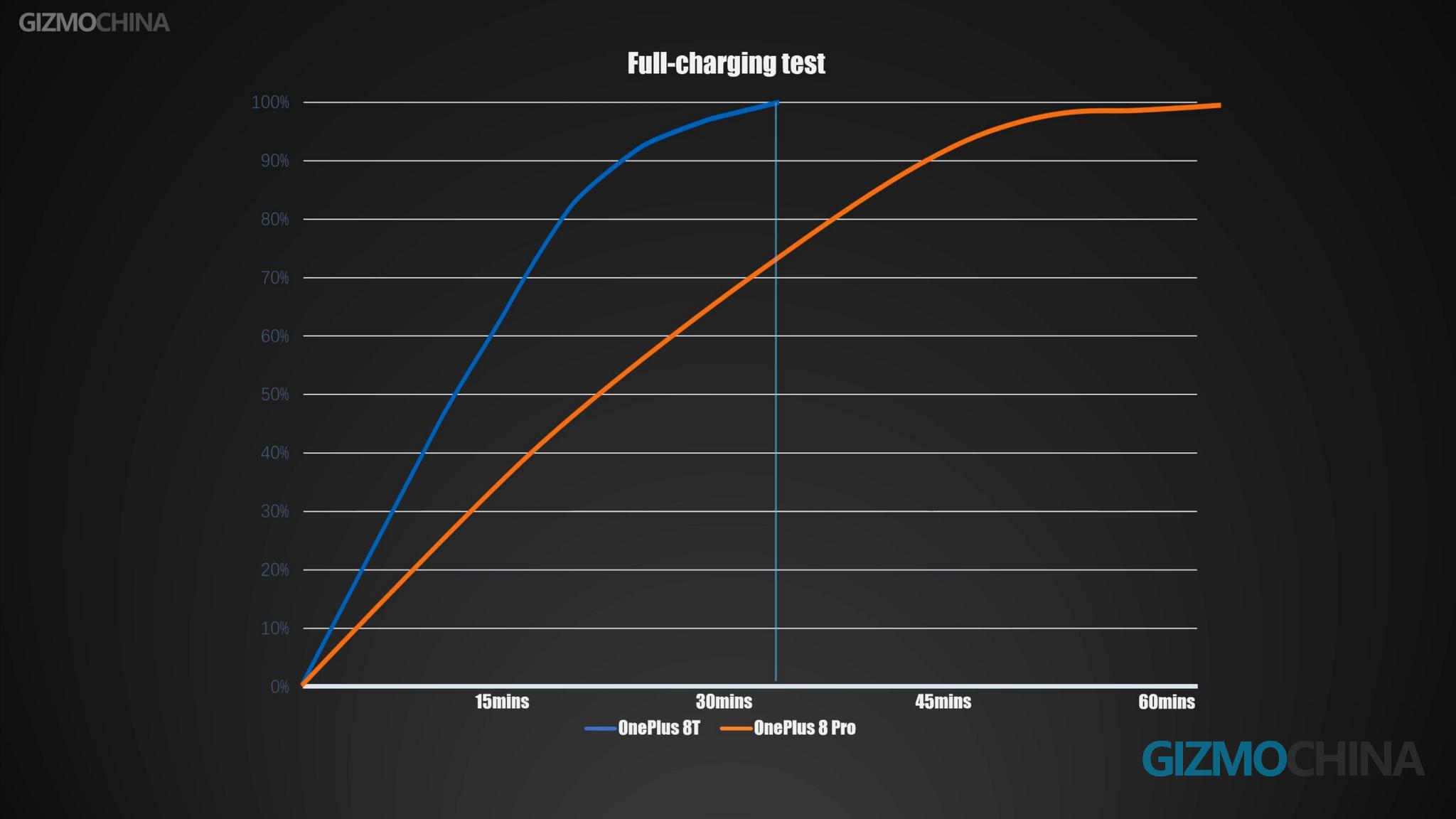
OnePlus 8T Review: Battery
The performance of battery and charging is one of the few upgrades for the 8T. They both equip a 4500mAh battery. And we did a 4-hour power-consumption test between the 8T and the 8 Pro. Starting with full power, we continuously used these two models to play 720P videos for an hour, then used social media apps for another hour, spent another hour on TikTok, and finally played PUBG Mobile for the last hour. Due to the higher display resolution, the OnePlus 8 Pro eventually consumed 4 percent more power than the 8T in the test. After the test, the 8T still had 55% of power left, which is a pretty good battery result for a snapdragon 865 phone, and we have to mention that it also has a 120Hz display.
The greatest upgrade should be the 65W fast-charging efficiency. The full-charge test only took us 33mins, which was much faster than the 8 Pro’s 30W charging efficiency. But a disappointing downgrade in the charging department is that there is no wireless charging.
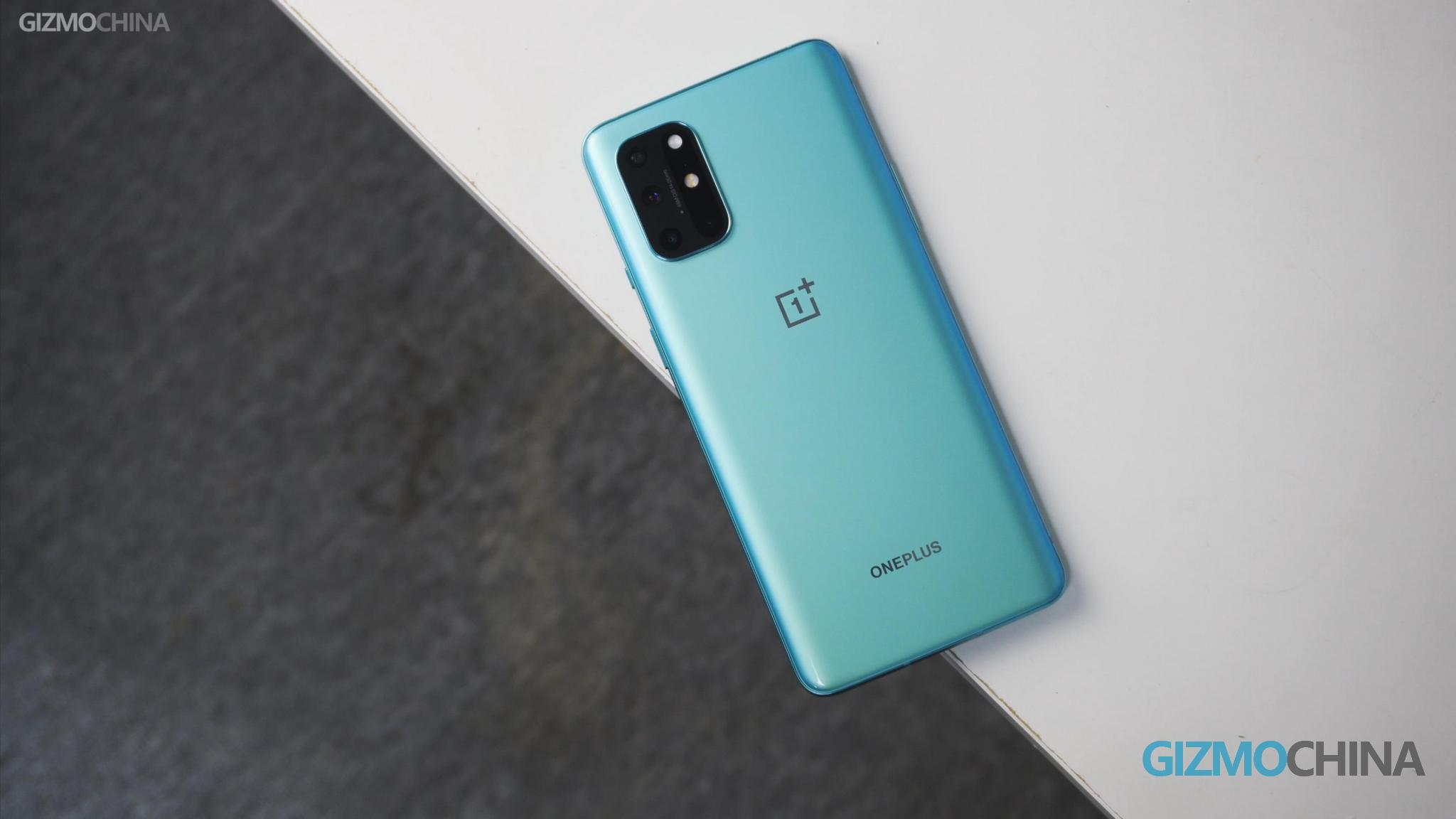
So that’s it. If I had to pick one model which adheres to OnePlus’ core philosophy in 2020, I will pick the OnePlus 8T. It has flagship-level performance, one of the best 1080P displays, upgraded charging efficiency, lighter body design, and good camera performance that went beyond our expectations. And most importantly, it has a reasonable price as a ‘flagship killer’.
The OnePlus 8T is up for grabs for a discounted price of $549. If interested, check it out on Oppomart.
So how do you like the OnePlus 8T? Is it the best 2020 OnePlus Phone For you?
UP NEXT: This is what the OnePlus Nord N10 5G will look like

